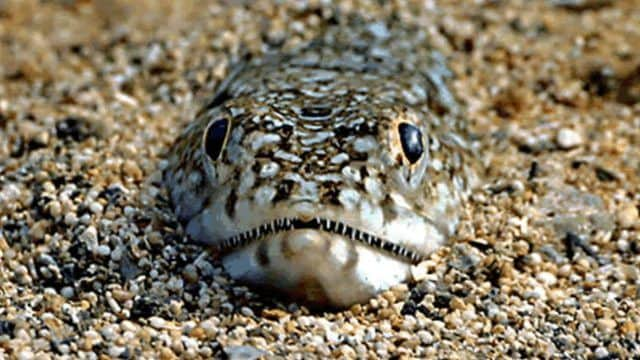'˜Beware of the venomous Weever fish'


The chief executive of Irish Water Safety, John Leech, said that a venomous Weever fish sting will result in excruciating pain.
Earlier this month four-year-old Maisie Lagan was stung on the foot by a Weever at Benone Beach.
Advertisement
Hide AdAdvertisement
Hide AdLittle Maisie, who was at the seaside with her mum Fiona, was left squealing in agony. The pain usually last for hours without treatment, is excruciating, and causes irritation that can last for weeks.


Mr Leech said that the Weever spends most of the time buried under the sand with just its venomous black dorsal fin showing above the sandy bottom.
“We advise the public to avoid swimming approximately one hour to two hours either side of low water to reduce the risk of stepping on them until the tides reverts back towards neaps later next week,” he said.
“The public should wear flip flops or sandals when walking on the beach close to low water. Should a bather step on a weever fish then the pain is excruciating as the spines embed into the human flesh and discharge their poison.”
Advertisement
Hide AdAdvertisement
Hide AdMr Leach said that pain is at its most intense for the first two hours when the foot normally goes red and swells up, and then it may feel numb until the following day with irritation and pain that may last for up to two weeks.


He added: “You won’t see a Weever fish easily but you will know it’s there if you are unfortunate enough to stand on one since its back has a defensive sting mechanism. The sting can be very painful but will not cause permanent damage. One danger is that it can cause anaphylactic shock or allergic reaction to those who are vulnerable and people have been known to die.”
However the only death on record after someone being stung by a Weever occurred as long ago as 1927, when an angler suffered multiple stings whilst fishing off Dungeness in the UK.